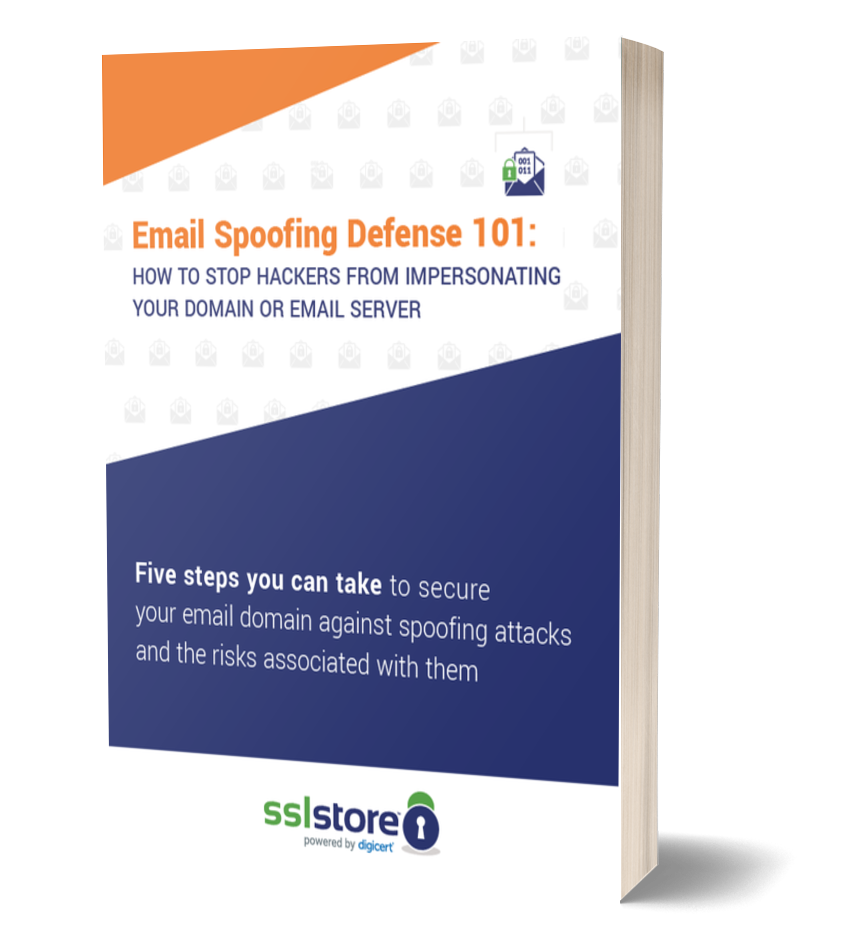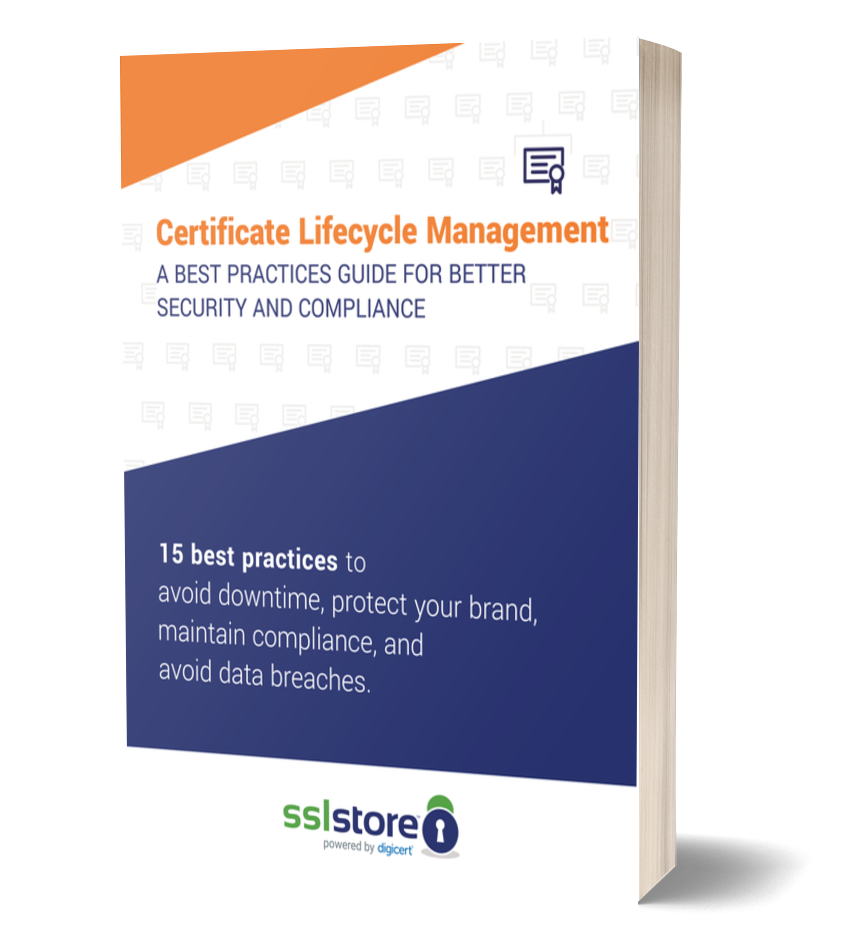Phish Or No Phish
What does a phishing site look like? See if you can tell a real site from a fake one.
We all know phishing sites are out there, but how do you know if you’re on one? As cyber criminals are getting more sophisticated, it can be hard to tell.
In the world of Internet security, phishing is a crime of fraud, where cyber criminals create an entire Website or e-mail communication that masquerades as a trustworthy business or electronic communication in order to attempt to acquire sensitive information, such as usernames, passwords, and credit card numbers.
Play the Phish or No Phish game.
See the tricks phishing sites employ online when you play Phish or No Fish. The game presents two Web sites, side-by-side, and asks you to identify which one is designed to be a phishing site. You’ll see 5 different phishing scenarios. Don’t worry about your score, which will be shown at the end, because if you get an answer right or wrong you can see why. Plus the idea is to learn how you can identify the most trustworthy sites out there – especially the ones with Extended Validation SSL Certificates. These ultra-secure sites display the green address bar EV, helping you spot a real site. You can go through the 5 scenarios again with the green bar present on what is designed to be the real site.
How Extended Validation SSL Certificates identify sites as secure.
An Extended Validation SSL Certificate displays a green nav bar to help site visitors know they can trust a site and can complete secure transactions with confidence. Having an EV SSL Certificate can give an organization a competitive edge, as site visitors will choose only to transact business and send communication with companies that have the green bars.
Companies can gain a competitive advantage in the world of e-commerce with an EV SSL certificate. High-profile brands, for example, use Extended Validation SSL as an effective defense against phishing scams. When site visitors see the green bar and the name of the company that issued the EV SSL certificate, they can feel comfortable and confident to interact and shop online.
Increase your e-commerce transactions and protect your Web site from phishing scams with Extended Validation SSL Certificates:
- VeriSign® Secure Site with EV
- VeriSign® Secure Site Pro with EV (SGC)
- GeoTrust® True BusinessID® with Extended Validation (EV)





































![A Look at 30 Key Cyber Crime Statistics [2023 Data Update]](https://www.thesslstore.com/blog/wp-content/uploads/2022/02/cyber-crime-statistics-feature2-75x94.jpg)











5 Ways to Determine if a Website is Fake, Fraudulent, or a Scam – 2018
in Hashing Out Cyber SecurityHow to Fix ‘ERR_SSL_PROTOCOL_ERROR’ on Google Chrome
in Everything EncryptionRe-Hashed: How to Fix SSL Connection Errors on Android Phones
in Everything EncryptionCloud Security: 5 Serious Emerging Cloud Computing Threats to Avoid
in ssl certificatesThis is what happens when your SSL certificate expires
in Everything EncryptionRe-Hashed: Troubleshoot Firefox’s “Performing TLS Handshake” Message
in Hashing Out Cyber SecurityReport it Right: AMCA got hacked – Not Quest and LabCorp
in Hashing Out Cyber SecurityRe-Hashed: How to clear HSTS settings in Chrome and Firefox
in Everything EncryptionRe-Hashed: The Difference Between SHA-1, SHA-2 and SHA-256 Hash Algorithms
in Everything EncryptionThe Difference Between Root Certificates and Intermediate Certificates
in Everything EncryptionThe difference between Encryption, Hashing and Salting
in Everything EncryptionRe-Hashed: How To Disable Firefox Insecure Password Warnings
in Hashing Out Cyber SecurityCipher Suites: Ciphers, Algorithms and Negotiating Security Settings
in Everything EncryptionThe Ultimate Hacker Movies List for December 2020
in Hashing Out Cyber Security Monthly DigestAnatomy of a Scam: Work from home for Amazon
in Hashing Out Cyber SecurityThe Top 9 Cyber Security Threats That Will Ruin Your Day
in Hashing Out Cyber SecurityHow strong is 256-bit Encryption?
in Everything EncryptionRe-Hashed: How to Trust Manually Installed Root Certificates in iOS 10.3
in Everything EncryptionHow to View SSL Certificate Details in Chrome 56
in Industry LowdownPayPal Phishing Certificates Far More Prevalent Than Previously Thought
in Industry Lowdown